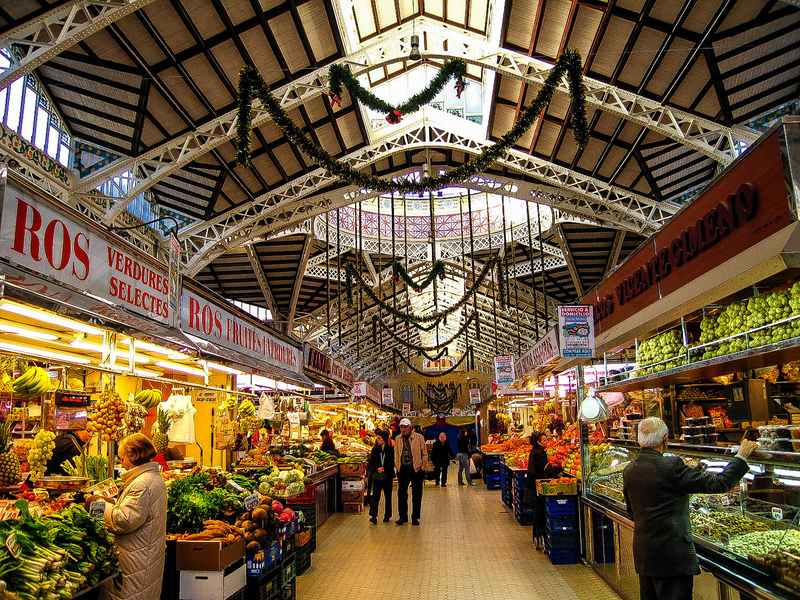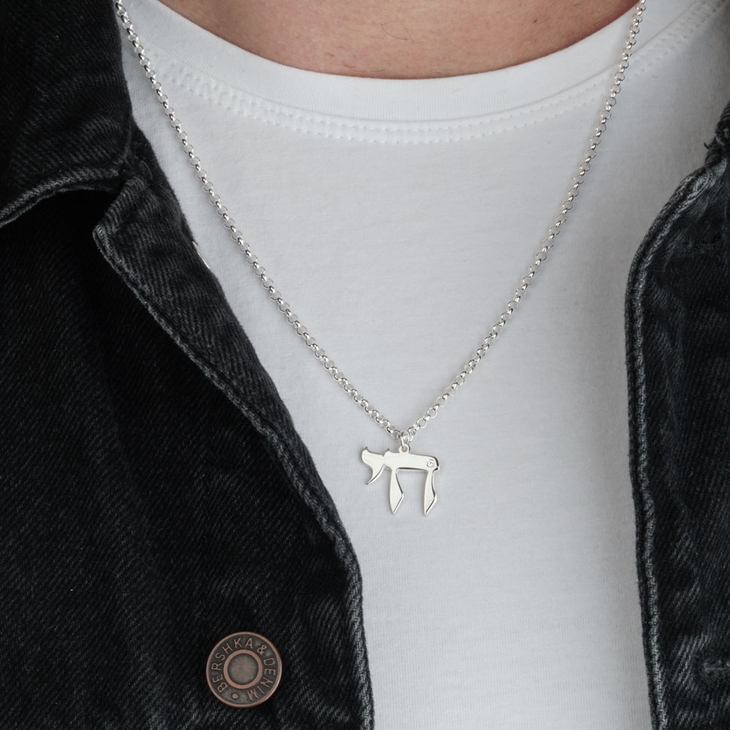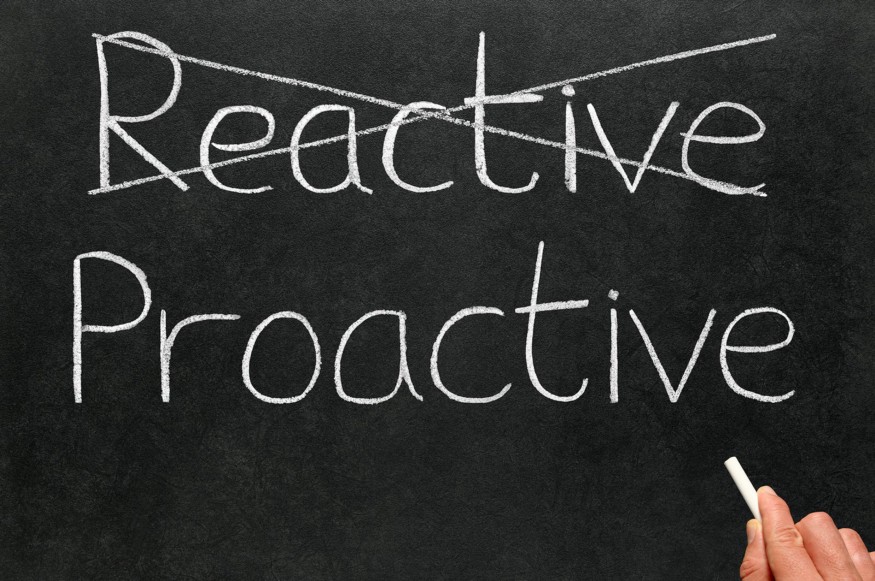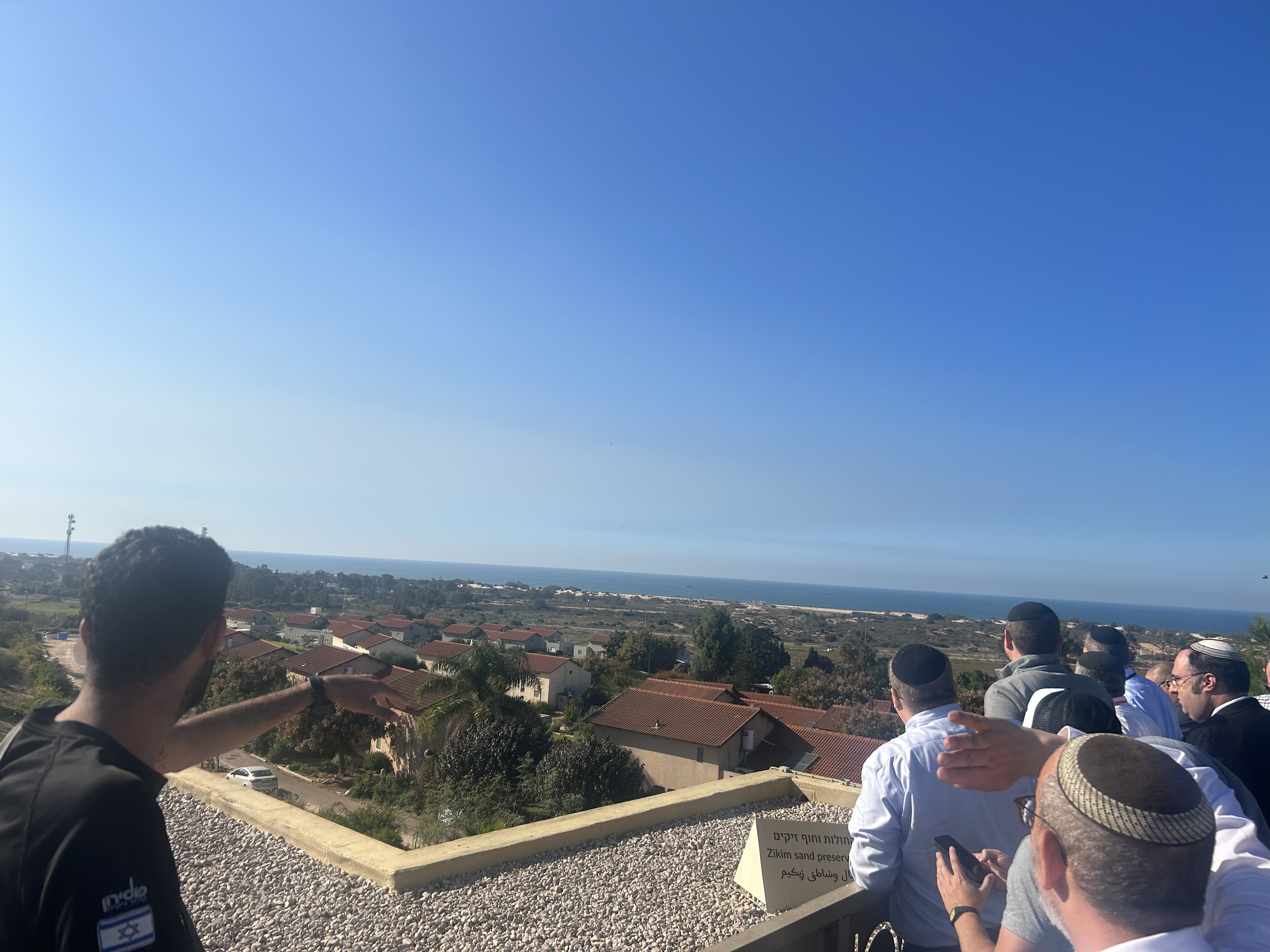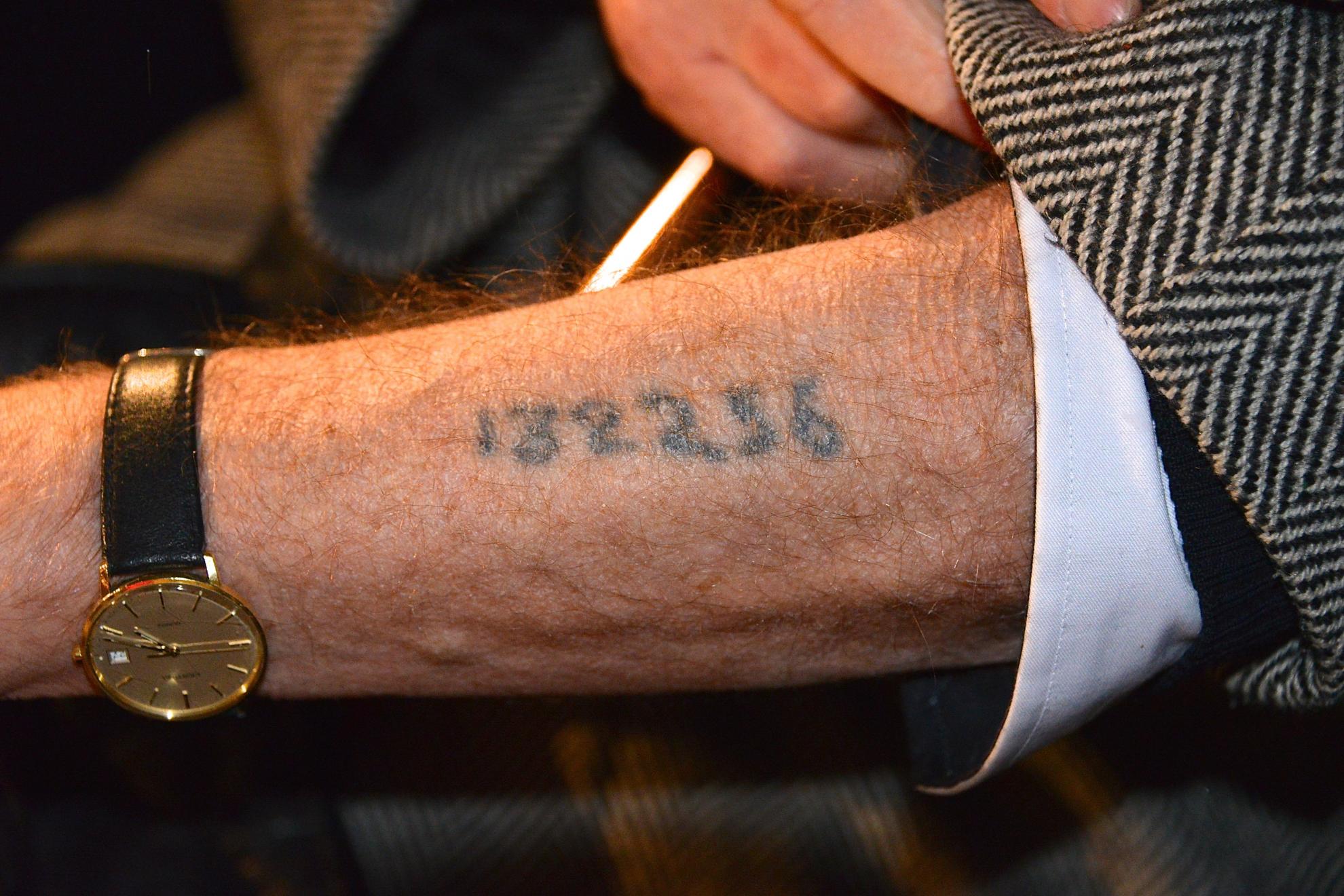March 10, 2023|י"ז אדר ה' אלפים תשפ"ג Terumah 5783 - Lighting the Fire Inside to Keep our Walls Strong
Print ArticleThe Mishna in Shabbos (daf 73) teaches us that there are 39 Melachos, 39 types of creative activities which are forbidden on Shabbos. And, the Mishna tells us, these 39 melachos are the activities that were used in the creation and later the use of the mishkan.
We know that each melacha tends to have a shiur, a certain amount of the activity that is meaningful enough for one to be liable. For example, when it comes to the melacha of writing, it’s writing 2 letters.
So, the Mishna asks, what about for BONEH, for building? Kama Yibane V’Yehei Chayav? How much building must a person do to have violated this melacha?
The Mishna answers, Kol shehu. The smallest amount of building. And the gemara gives the source of this halacha:
שכן קרש שנפלה בו דרנא - מטיף לתוכה אבר וסותמו.
If they were making the Kerashim, the wooden planks which were used to create the wall of the mishkan, and they found a hole in it that was dug out by a worm or another creature, they would drip a little lead into the hole to seal it and then it could be used. This is BONE KOL SHEHU, just a small something that made a big difference and counts as BONE.
Rav Yehuda Leib Alter of Ger, the 3rd Gerrer Rebbe, known to us as the Sefas Emes, asks a question:
The Mishna says in Mesechtes Middos (2: 5) that in the Beis Hamikdash there was room called Lishchas Ha'eitzim. It was the storage place for' firewood. And there were Kohanim whose whole job was to sit in the Lishkas Ha’Etzim and check the wood that was going to be used on the mizbeach, and make sure that there weren’t any pieces that had worms or ants. And if 'nimtza bo tola'as' - and if they found a worm, 'pasul mei'al gabei hamizbei'ach' - it was not used in the mizbei'ach.
And, of course, this makes sense to us. We can’t allow wormy wood to be used on the mizbeach in the Beis HaMikdash!
However, asks the Sfas Emes, I don't understand. If firewood, which is burnt and destroyed, and is stays in the Beis Hamikdash for an hour, if there's a wormhole in this wood, the wood is pasul. Yet for the keresh, the wood that formed the wall of the Mishkan, if there was wormhole, you would just fill it up with lead and use it?! The keresh stood permanently, day in, day out!
Why is it that a wormhole in firewood makes it forbidden forever, yet a wormhole in the wall of the Beis Hamikdash or the Mishkan can be easily fixed?
The Sfas Emes never answered his own question. However, his grandson, who is the current Rosh Yeshiva in the Ger Beis Medrash in Yerushalayim, offers a beautiful answer to his Zaydie’s question:
First, he points out that from a halachic perspective, one could make a rather simple distinction:
1) The atzei HaMaaracha, the wood used on the mizbeach is brought as part of a korban. And we know that any korban that has a mum, any type of blemish, is disqualified.
2) The wood used for the structure of the mishkan or Beis HaMikdash, while incredibly important and special, is not a korban, and, therefore, does not have any such requirement that it be free of all blemishes.
However, the rebbe then offers a second, more philosophical answer, that I believe is extraordinary relevant for all of us today.
He writes that we know that the walls of the mishkan really represent the walls of our homes, of our bayis. As the Torah itself tells us “V’asu li mikdash v’shachanti b’socham” that Hashem promises that the goal of building the walls of the mishkan is to bring HKBH into the walls of our own homes. Chazal are filled with remarks about how the true BHMK is the Jewish home, not only the walls of the actual Beis HaMikdash itself.
And when it comes to the walls of our home, when it comes to the structure of our Avodas Hashem in general, there will always been fragmenting, little cracks and crevices from time-to-time. We are human beings and we are imperfect, and HKBH accepts us, imperfections and all. So if there is a crack or a hole, we will do our best to fill it up.
However, the fire on the Mizbeach, that represents our passion for Yiddishkeit, our desire to live a Jewish life. And in that area, says the rebbe, if the fire of our Yiddishkeit is weakened, then the whole bayis, the whole house begins to fall apart.
And he writes, so poignantly, “when we lose the vitality and life of a spiritual life, then instead of Torah & Mitzvos being precious opportunities for connection with HKBH and with ourselves, instead they become, chalila, a “MASA KAVEID” a heavy burden, which a person just tries to remove from him or herself.”
“And all of this”, he writes, comes when the fire in our hearts begins to weaken.”
And, therefore, yes, we are absolutely more careful with the wood that is used for the fire on the mizbeach than we are with the wood that is used for the structure of the Mishkan itself.
Because a Jewish home which is lifeless and ice cold, will be challenged to remain standing. But a Jewish home, even with its holes and cracks and damaged sections, if it is filled with the fire, the warmth, of a desire to connect ourselves to HKBH, of a real love of Torah, will last forever.
But from where are we to draw that fire?
Chazal tell us, “mishenichnas Adar Marbim b’simcha” and “Mishenichnas Av Mimaatin b’simcha” – When Adar arrives we add on, create more simcha, and when Av arrives we minimize our simcha.
And it’s strange because when it comes to Av, we have all kinds of behaviors, things that we do to be Mimaeit our simcha, to create less happiness on a daily basis. But when it comes to Adar, there aren’t any specific halachos or minhagim, any special practices to encourage us to find MORE simcha.
The Metzudas David writes in Mishlei that ‘ein simcha k’hataras hasfeikos’ the greatest joy in life is CLARITY. When we don’t know what we want from our lives, when we feel clouded about how to proceed, when we feel filled with doubt and uncertainty, that breeds sadness. When we know what we believe, when we have a certainty about our life’s direction, that leads to a sense of wholeness and content, or what we call simcha.
Adar was, indeed, the month where Am Yisrael felt a sense of transformation from Yagon to Simcha, from the terrible uncertainty of the fate of our nation, to the tremendous simcha of seeing our victory over our enemies and our commitment to living a more vibrant Jewish life.
And, in fact, that is the entire fight between Amalek and Am Yisrael. Amalek who live in a world that is random, a world that has no values and has no direction. A world of moral relativism in which doubt pervades everything.
So, perhaps, one way to fulfill the gemaras charge of “mishenichnas adar marbim b’simcha” is to spend some time during the month of Adar, exploring our commitment to those values.
Because the stronger my hold on the values of Torah, the stronger my belief in the truth of Torah, even when it isn’t popular on the street or on social media, the more conviction I have about WHO I AM, the more simcha I will feel in my life.
Our lives are extraordinarily busy. From our family responsibilities to work, to volunteer work. On top of that, many of us are dealing with all kinds of challenges, from children to health to finances to relationships. And the list goes on and on. And there are times when it just takes all of our energy to get through each day, week, and for some of us, months at a time.
Nevertheless, I would challenge all of us to take some time over the next few weeks, during the month that challenges us to find our joy, to reconnect to who we are and what we believe, to go searching for something you can do to light that fire in your personal relationship with HKBH. Every one of us is different, but whatever it is that works for you, and you may have to search it out, but there is something out there for all of us.
The Mishna teaches us such a valuable lesson. Our homes can have walls with holes we fill up, and we’ll be ok, just as long as we continue to have that fire burning, keeping the whole place warm. A fire that comes from a steadfast knowledge of and devotion to the values we hold dear, knowing that no matter which way the winds may blow on the outside, on the inside our fire will continue to burn bright, now and forever.
